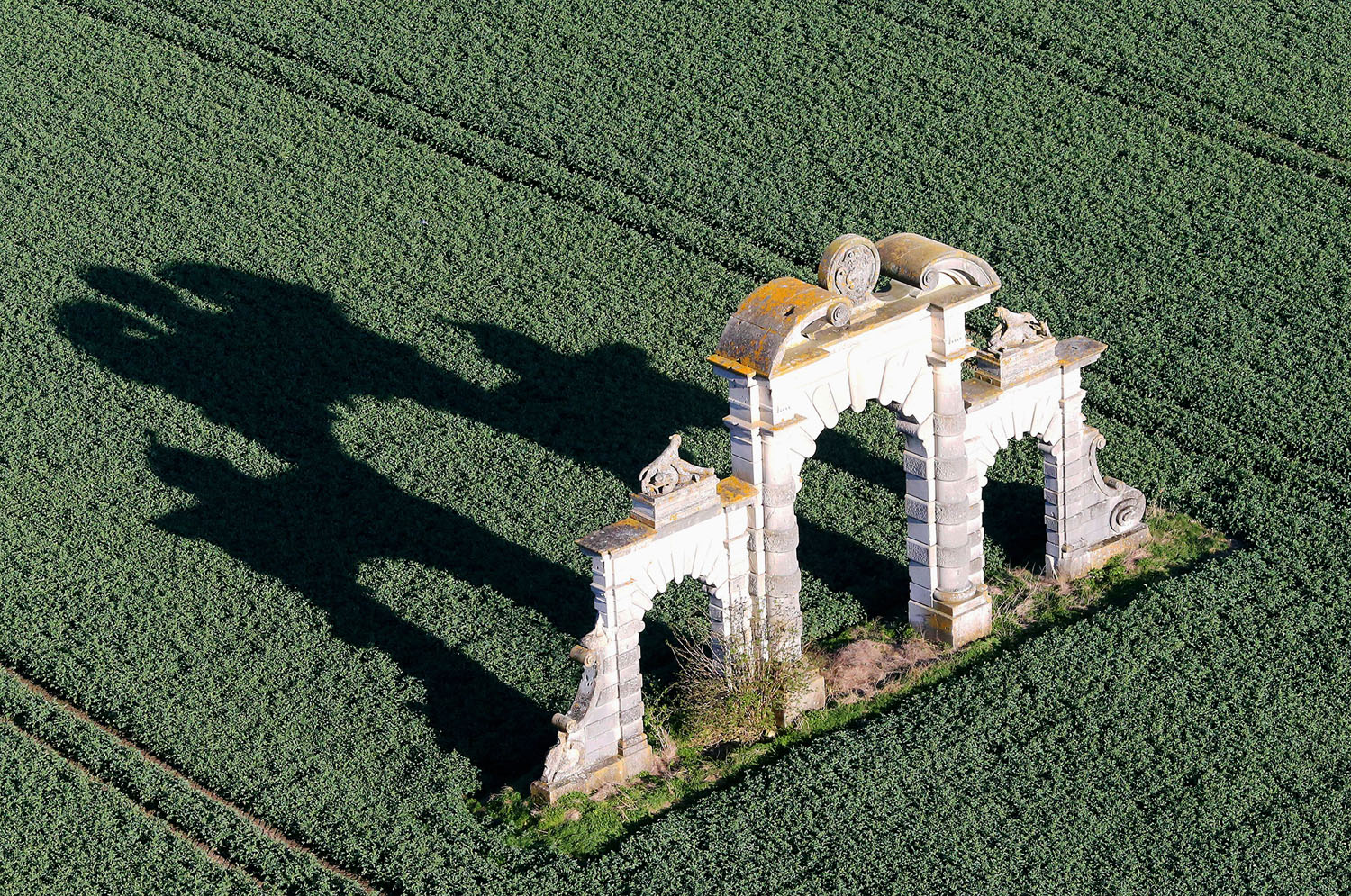Some very good and often poignant photos here...
https://www.theatlantic.com/photo/2018/05/the-fading-battlefields-of-world-war-i/561353/


An unexploded World War I shell sits in a field near Auchonvilliers, France, in November of 2013. The iron harvest is the annual "harvest" of unexploded ordnance, barbed wire, shrapnel, bullets, and shells collected by Belgian and French farmers after plowing their fields along the Western Front battlefield sites. It is estimated that, for every square meter of territory on the front from the coast to the Swiss border, a ton of explosives fell. One shell in every four did not detonate and buried itself on impact in the mud. Most of the iron harvest found by farmers in Belgium during the spring-planting and autumn-plowing seasons is collected and carefully placed around field edges, where it is regularly gathered by the Belgian army for disposal by controlled detonation.
https://www.theatlantic.com/photo/2018/05/the-fading-battlefields-of-world-war-i/561353/


An unexploded World War I shell sits in a field near Auchonvilliers, France, in November of 2013. The iron harvest is the annual "harvest" of unexploded ordnance, barbed wire, shrapnel, bullets, and shells collected by Belgian and French farmers after plowing their fields along the Western Front battlefield sites. It is estimated that, for every square meter of territory on the front from the coast to the Swiss border, a ton of explosives fell. One shell in every four did not detonate and buried itself on impact in the mud. Most of the iron harvest found by farmers in Belgium during the spring-planting and autumn-plowing seasons is collected and carefully placed around field edges, where it is regularly gathered by the Belgian army for disposal by controlled detonation.































































